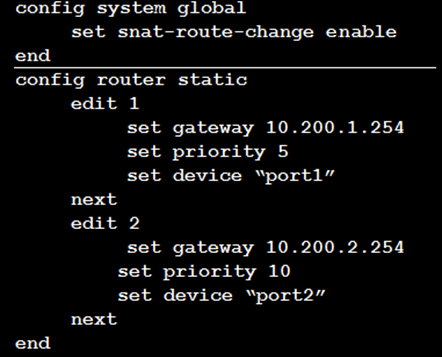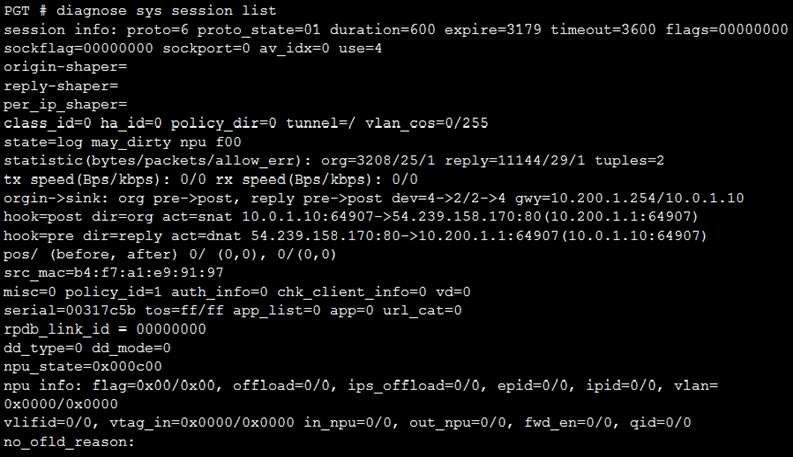

Refer to the exhibits, which contain configuration on FortiGate and partial session information.

All traffic to the Internet currently egresses from port1. The exhibit shows partial session information for Internet traffic from a user on the internal network.
If the priority on route ID 1 were changed from 5 to 20, what would happen to traffic matching that user's session?
pollyy
Highly Voted 4 years, 2 months agoanitaramirezcl
Highly Voted 3 years, 7 months agoni
Most Recent 2 years, 11 months agoProf3ss0r
3 years, 1 month agoNull0
3 years, 6 months agoAhmed_Elswify
3 years, 8 months agomai340
3 years, 10 months agovwboy
3 years, 10 months agoZOKOF
3 years, 3 months agojhona_0505
3 years, 11 months agomai340
3 years, 10 months agokishocr
4 years, 2 months agoLyubo
4 years, 2 months agoZOKOF
3 years, 3 months ago